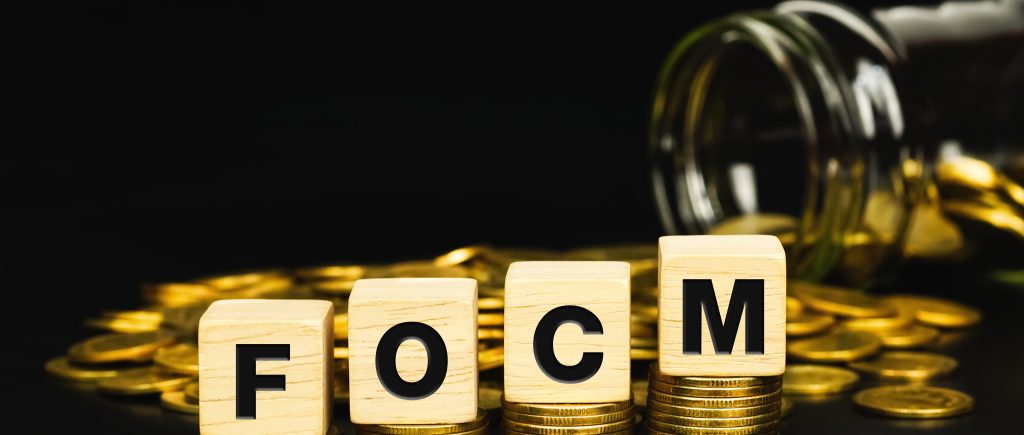As investors wait for the Fed minutes, gold is trading at approximately $1,900.00. The US Dollar benefits from the durability of the US economy and a downturn in China. Strong pay growth-driven consumer spending momentum could keep US core inflation stable.
As investors wait for the FOMC minutes to provide direction on inflation and the peak in interest rates, the price of gold teeters dangerously close to the critical support level of $1,900. The US Dollar and Treasury yields are strengthening due to the robustness of the US economy, which contrasts with China’s bleak economic outlook. Market participants are still making offers on the precious metal.
Strong wage growth and robust consumer spending momentum suggest that the US economy is resilient, which could keep core inflation sticky and require Federal Reserve (Fed) policymakers to maintain high interest rates for a longer period of time. In September, Fed policymakers are anticipated to maintain the current interest rate policy as spending on expensive things declines as a result of rising rental prices.
Aiming for sustainability over $1,900, the gold price is supported by a floundering US dollar before the FOMC minutes, which will be revealed at 18:00 GMT. The inflation prognosis and interest rate guidance for the remaining months of 2023 will be included in the FOMC minutes.
However, the US economy’s resilience as a result of a better consumer spending trend and a tight labour market may compel the Federal Reserve to maintain high interest rates for a longer period of time.
Neel Kashkari, president of the Minneapolis Fed, on the other hand, stated on Tuesday that although the US central bank has made some headway in its battle against inflation, more raising of interest rates may be required to complete the task. Despite new indicators of an economic slowdown in China and strong consumer spending momentum in the US, the US Dollar Index manages to hold the auction around 103.318.
Amidst a downturn in overall demand and falling exports, the Chinese economy is operating in an unstable situation. To maintain a level of liquidity in the banking system that is seen to be sufficiently high, the China’s PBoC reduced the interest rate on the one-year medium-term loan facility by 15 basis points (bps) to 2.50%. After new home prices in China declined, the PBoC made a dovish interest rate decision.
A slowdown in the Chinese economy has increased the US Dollar’s appeal. A barometer for consumer spending, US retail sales increased at a faster rate in July, in part due to solid wage increases. More than the 0.4% predicted and the 0.2% gain seen a month before, retail sales increased by 0.7%. Retail sales excluding autos increased by 1.0%, showing strong demand for both long-lasting goods and fast consumables.
Investors continue to anticipate that interest rates will stay high for longer due to the positive economic forecast, with 10-year US Treasury yields remaining at 4.20%. As Fitch issued a warning regarding the downgrading of some of the major US lenders, the risk profile remained negative. The “operating environment” for the US banking sector was downgraded from AA to AA- following this.
Investors will pay close attention to the monthly Industrial Production figures for July in addition to the FOMC minutes. After contracting by 0.5% in June, production is expected to grow by 0.3% in the coming months. Monthly building permits increase by 0.1%, but housing had an unexpectedly strong 3.9% increase in July.

 Noor Trends News, Technical Analysis, Educational Tools and Recommendations
Noor Trends News, Technical Analysis, Educational Tools and Recommendations




